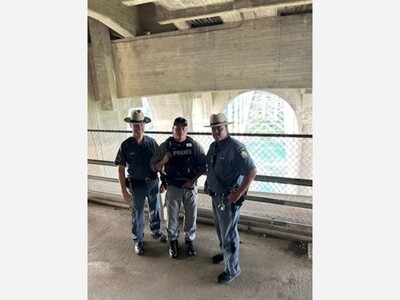Lessons from "Who Moved My Cheese?"
By Michael Barksdale
Based on the notion that many folks are resistant to change, I began to reflect on how this applied to our beloved Niagara Falls, NY. The book Who Moved My Cheese? by Spencer Johnson is a powerful allegory about change, fear, and adaptability.
Its message is especially relevant to the community of Niagara Falls, a city that has seen significant changes over the years—economic decline, loss of industry, shrinking population, underfunded schools, and shifting community dynamics. In the story, “cheese” represents the things we value: jobs, stability, opportunity, and peace of mind. When the cheese disappears, each character responds differently.
Some—like Sniff and Scurry—quickly adapt. Others—like Hem—resist, hoping things return to the way they were. And one—Haw—eventually overcomes his fear, embraces change, and finds a new path forward. These characters mirror the different ways individuals and institutions in Niagara Falls have responded to change.
Many in our city can relate to Hem’s resistance, holding onto memories of the “good old days” when local industry thrived, and neighborhoods were bustling. But this nostalgia, while understandable, can also keep us stuck. Fortunately, Niagara Falls is full of “Haws”—residents, leaders, educators, and organizers—who are stepping into change, creating new possibilities, and finding new “cheese” in the form of community programs, youth leadership, small businesses, and neighborhood revitalization efforts.
Just like in the book, one of the key lessons for us is to recognize when things are no longer working and to prepare for what comes next. We need to “smell the cheese often” by paying attention to local trends—whether it’s in housing, education, or employment—and be proactive rather than reactive.
The story also challenges the reader to ask: What would you do if we weren’t afraid? For Niagara Falls, this could mean embracing new industries like renewable energy and food entrepreneurship, investing in cooperatives and local ownership models, or building intergenerational partnerships that bridge youth and elder wisdom.
While fear is a natural part of facing the unknown, it cannot guide our decisions. Instead, we must focus on possibility. The book encourages a mindset shift—from scarcity to abundance, from “What’s wrong with our city?” to “What’s strong in our city?”
That idea lines up with the Asset-Based Community Development (ABCD) approach, which focuses on the strengths, gifts, and potential already present in our community that can lead to a paradigm shift. Niagara Falls doesn’t need saving—it needs activating.
Ultimately, the lesson of Who Moved My Cheese? is clear: change is inevitable, and our success depends on how we respond to it. If we move beyond fear and lean into our collective power, there’s no limit to what Niagara Falls can become. Let’s keep moving forward—together—with courage, creativity, and community as our compass.






